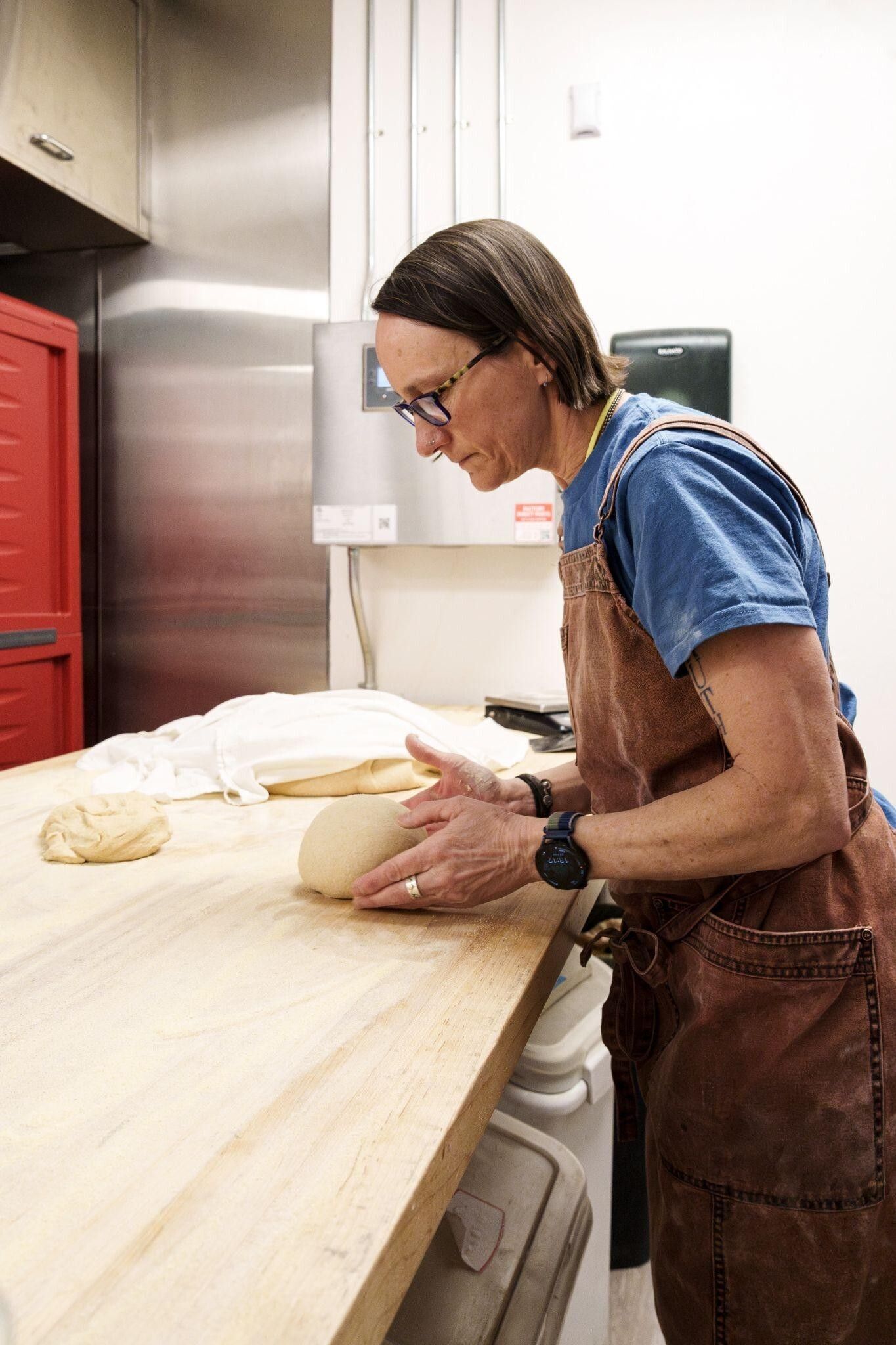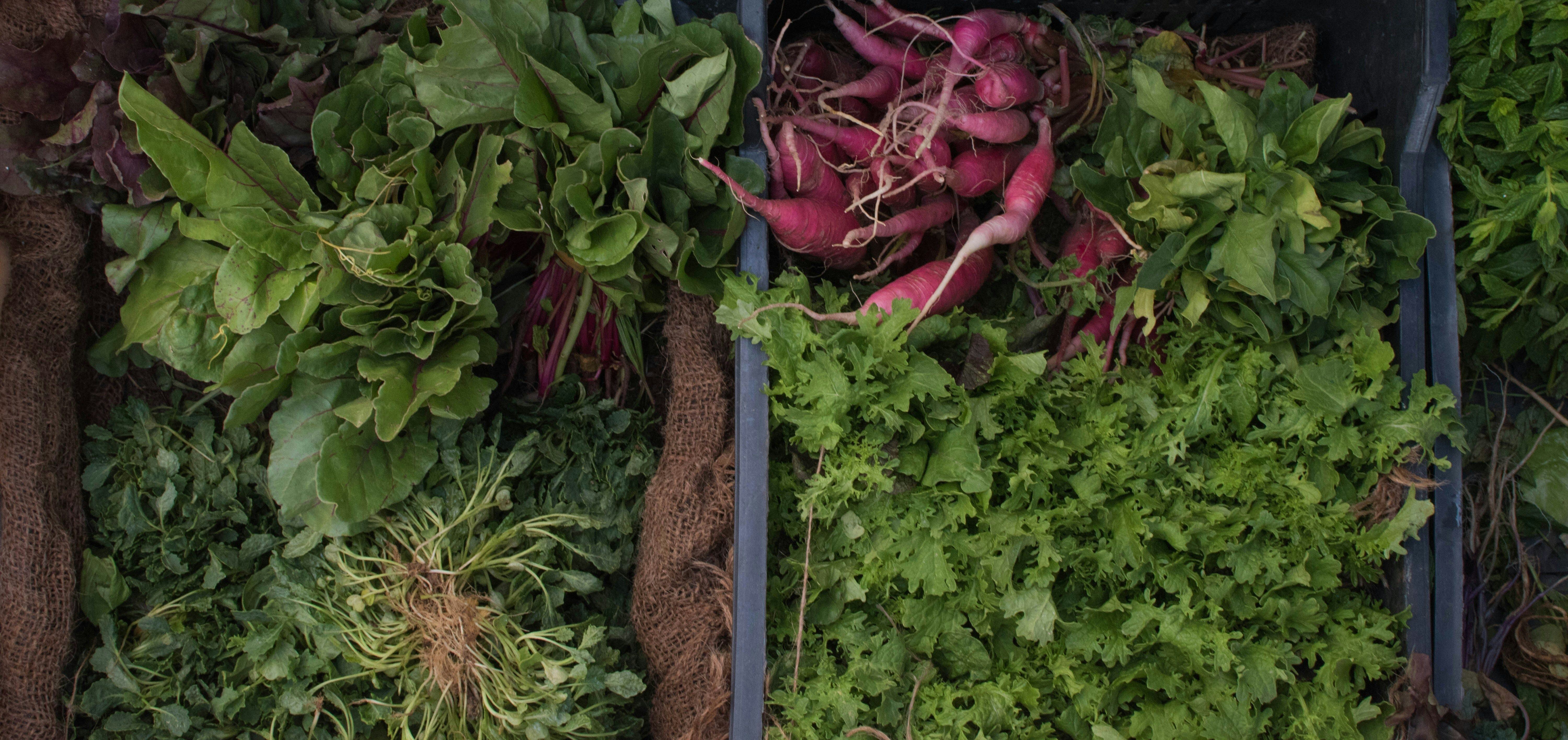
The smell of freshly baked kamut bread still fills the Livingston Community Bakery every week, thanks to the generosity of our community volunteers. The Kamut for Community Program, which started in 2017, has steadily produced nutritious bread for our rural community and beyond. Expanding production is at the top of our to-do list for 2025, so please reach out if you're interested in baking bread!
Three days a week, volunteers arrive at the bakery to fire up the ovens and get to work. Like a perfectly choreographed dance, they gather pitchers, scales, and ingredients to begin baking, a practice that humans have been perfecting for over 10,000 years.
The process starts with weighing out each ingredient, carefully selected with locality in mind: water, yeast, honey, salt, oil, whole wheat flour, white flour, and the star of the show—kamut flour. If you’ve never heard of or tasted kamut flour, don’t worry! It's an ancient wheat grain known for its surprisingly high protein, fiber, minerals, and antioxidants. With its rich history and thriving production, kamut flour is the perfect choice for recipients of the LFRC’s programming. It’s a nutrient-dense pantry staple we believe should be available to all who need it.
After a brief rest, it’s time to measure and shape the dough. As the volunteer coordinator, this is my favorite part—getting hands-on with the dough and connecting with the volunteers. It’s a time for us to chat, share our stories, or talk about upcoming shifts, hikes, recipes, and more. A love for Livingston is folded into each loaf as they are shaped by the hands of fellow community members.
There are many reasons people choose to volunteer, but the one I see most often is a desire to connect with their community. Feeling connected to the place you live, the food you eat, and your neighbors has a profound impact.
Next comes proofing and baking the bread—a delicate balance of heat, moisture, and time. After a long winter, our yeast is particularly happy with the warmer weather, as I’m sure many of you are! Once the bread is perfectly golden brown, the bakers take each loaf out with care and allow them to cool for a few hours. Their job here is done. Many volunteers move onto their full time job, other volunteer shifts, or home for a well deserved siesta.
Later in the day, a new group of volunteers arrives to slice, bag, and label the bread so it’s ready to eat. Each step is done with the utmost care and pride for the ingredients and the work that goes into each loaf. It’s truly a pleasure to pitch in and help every once in a while.

